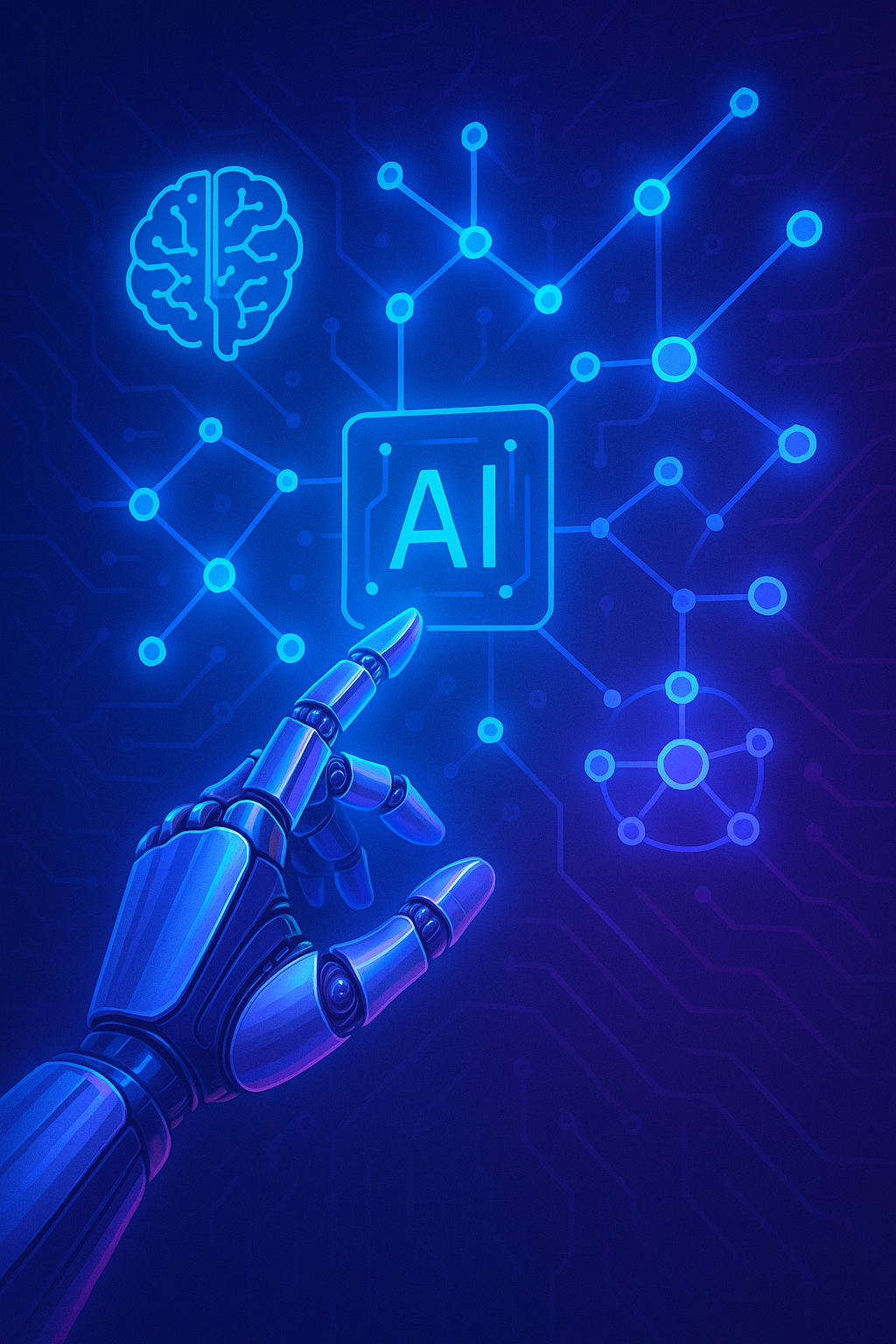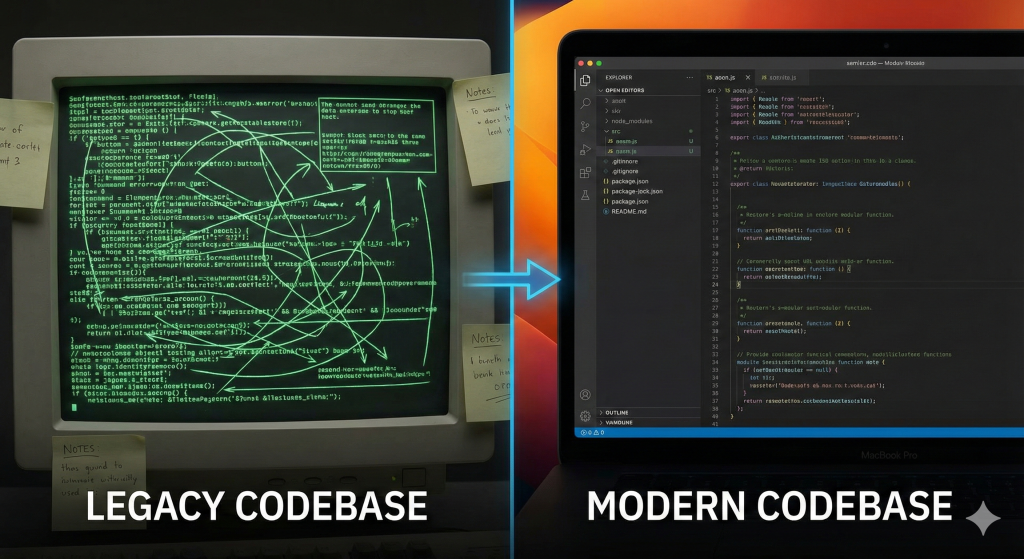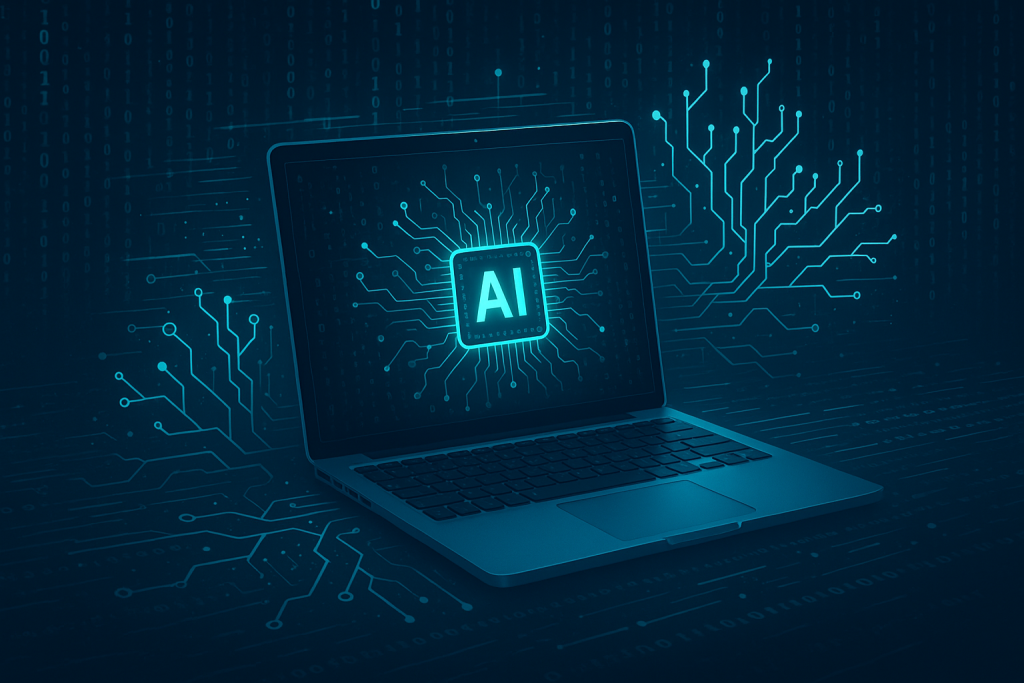Introduction to AI Agents: Definition and Overview
AI agents are autonomous entities designed to perform tasks, make decisions, and interact with their environment based on data inputs. In the rapidly evolving tech landscape, creating AI agents has become a vital skill for developers. These agents are not only capable of automating routine tasks but are also leveraging machine learning and deep learning techniques to continuously improve their performance. Whether you are aiming to create an AI agent for automating customer support or build complex multi-agent systems for industry-specific solutions, understanding the foundations of AI agents is essential.
Key Components of AI Agents: Understanding the Basics
To successfully develop AI agents, it is imperative to understand their key components. Research in the field highlights four building blocks that are common to most AI agents:
Perception
This is the stage where AI agents gather data from their surroundings using sensors or various input mechanisms. The quality of data obtained here directly influences the decisions made by the agent.
Decision-Making
Once the agent has collected sensory information, it processes this data to arrive at informed decisions. This component often leverages advanced algorithms, including rule-based systems and neural networks.
Action
After the decision is made, the agent takes appropriate actions to interact with the environment. This may involve sending commands to other systems, updating data, or engaging directly with users.
Learning
A critical aspect is the ability to learn from past experiences. AI agents utilize machine learning techniques to improve their performance over time, adapting to new patterns and challenges. This iterative learning process is a key differentiator between static systems and dynamic, real-world AI solutions.
Choosing the Right Framework for AI Agent Development
Choosing a robust development framework is essential when you set out to create an AI agent. Several popular frameworks have been highlighted by industry experts and are known for their effectiveness.
AutoGen
Developed by Microsoft, AutoGen is an open-source framework that is specifically geared towards building multi-agent AI applications. Its layered architecture coupled with tools for tracing and debugging makes it a solid choice for developers looking to create complex agent workflows. More details can be found on the IBM insights page.
CrewAI
CrewAI is an orchestration framework that employs a role-based architecture. Its design allows agents to be assigned specialized roles, enabling them to collaborate on multifaceted workflows efficiently. You can read more about its benefits in the IBM framework guide.
LangChain
Ideal for developers who are venturing into building simple yet effective AI agent systems, LangChain is an open-source framework that leverages large language models (LLMs). It is particularly useful for creating agents with straightforward workflows while ensuring scalability and maintainability. Additional insights are available at the IBM framework resource.
Step-by-Step Guide to Building Your First AI Agent
This section provides a hands-on, step-by-step guide to creating your first AI agent. The process can be divided into conceptual planning, coding, testing, and deployment phases.
Step 1: Define the Task and Requirements
Before coding, determine the objectives of your agent. Start with a specific, well-defined problem. For example, you might design an agent to manage customer queries in an e-commerce application.
Step 2: Choose Your Framework and Set Up the Environment
Select a framework such as LangChain or AutoGen based on your project’s needs. Install the necessary libraries and set up your development environment. For instance, if using Python, set up a virtual environment and install the required packages.
Step 3: Develop the Core Components
Implement the essential components: perception, decision-making, action, and learning. Below is a sample Python code snippet using a hypothetical LangChain-inspired library:
# Example Python code for a simple AI Agent using a LangChain-like framework
from langchain.agent import AIAgent
from langchain.models import LanguageModel
# Initialize the language model
lm = LanguageModel(api_key='your_api_key')
# Define a simple decision function
def decide(input_data):
# Process input and decide on an action
if 'hello' in input_data.lower():
return 'Hi there! How can I assist you today?'
return 'I did not understand your request.'
# Create an AI agent instance
agent = AIAgent(
model=lm,
decision_function=decide,
sensors=['text_input'],
actions=['send_reply']
)
# Simulate an input
user_input = 'Hello, I need help with my order.'
response = agent.process(user_input)
print(response) # Expected output: Hi there! How can I assist you today?
Step 4: Testing and Iteration
Test your agent in various scenarios. Fine-tune its behavior based on the results while maintaining transparency in operations for oversight. This aligns with best practices for AI agent development discussed in recent research. [https://blog.whoisjsonapi.com/implementing-continuous-integration-and-deployment-pipelines-for-microservices]
Step 5: Deployment
After thorough testing, deploy your AI agent to a staging or production environment. Monitor its performance continuously and update as needed to handle evolving tasks.
Integrating AI Agents into Real-World Applications
Integrating AI agents into existing systems can significantly enhance operational efficiency. Whether you are working in manufacturing, finance, healthcare, or retail, AI agents offer a range of capabilities to improve performance and decision-making.
Manufacturing
For example, Siemens uses AI agents for predictive maintenance by analyzing real-time sensor data to predict equipment failures, resulting in a 25% reduction in unplanned downtime. This demonstrates how an AI agent can drive industrial efficiency through proactive maintenance.
Finance
In the financial sector, JPMorgan Chase’s “LOXM” is an AI agent capable of executing high-frequency trades autonomously. It adapts to market conditions much faster than human traders, showcasing the power of technology in high-stakes environments.
Healthcare
Google’s DeepMind, in collaboration with Moorfields Eye Hospital, has developed an ai agent that analyzes 3D eye scans to detect over 50 eye diseases with a 94% accuracy rate. This illustrates the transformative potential of AI agents in critical health diagnostics.
Retail
Walmart employs AI-powered chatbots that autonomously handle up to 80% of customer inquiries, ranging from inventory management to processing returns. This highlights the wide-ranging benefits of integrating AI agent solutions into customer service operations.
Case Studies: Successful Implementations of AI Agents
Real-world examples provide concrete proof of how AI agent technologies drive innovation and efficiency:
Case Study 1: Siemens in Manufacturing
Siemens has effectively utilized AI agents to perform predictive maintenance that preempts mechanical failures. This application underscores the potential to leverage AI to enhance operational efficiency and reduce downtime.
Case Study 2: JPMorgan Chase in Finance
The deployment of the “LOXM” AI agent by JPMorgan Chase has revolutionized high-frequency trading by adapting quickly to market volatility. This case study demonstrates that even in complex financial systems, simple yet intelligent algorithms can outperform traditional methods.
Case Study 3: Google DeepMind in Healthcare
DeepMind’s collaboration with Moorfields Eye Hospital, leveraging an ai agent for eye scan analysis, exemplifies significant advancements in medical diagnostics. The agent’s ability to identify diseases with high accuracy can lead to early interventions and better patient outcomes.
Case Study 4: Walmart in Retail
Walmart’s use of chatbots to manage customer queries is another excellent example of AI agents at work. The efficiency in handling inquiries, returns, and inventory checks showcases how AI-driven automation can transform retail operations.
Best Practices for AI Agent Development
To ensure your AI agent project is successful, consider the following best practices derived from recent research and industry insights:
Start Small and Scale Up
Begin with simple, well-defined tasks. Automating routine functions can provide a strong foundation before scaling to more complex operations. (FT: AI agents from co-pilot to autopilot)
Ensure Transparency and Oversight
Maintain detailed documentation and robust monitoring systems to ensure that the agent’s actions are understandable and traceable. This approach builds trust and facilitates troubleshooting. (FT: AI agents from co-pilot to autopilot)
Engage Stakeholders
Involve team members and other employees early in the process to ensure seamless integration and minimize potential resistance.
Implement Governance Frameworks
Establish robust AI governance measures that include risk assessments and clear delineation of legal responsibilities. This helps mitigate any risks associated with deploying AI agents. (Reuters: AI agents’ enhanced risks)
Future Trends and Innovations in AI Agent Technology
The future of AI agents looks extremely promising, driven by continuous advancements in machine learning, improvements in processing power, and innovations in hardware. Developers can expect:
Increased Autonomy
Future agents will likely handle more sophisticated tasks with minimal human intervention, transitioning from basic automated responses to complex decision-making systems.
Enhanced Collaboration Between Agents
Frameworks like CrewAI indicate a trend toward role-based architectures where multiple agents work in tandem, complementing each other’s strengths and compensating for weaknesses. [https://blog.whoisjsonapi.com/bridging-the-gap-integrating-generative-and-agentic-ai-in-software-engineering]
Greater Integration Across Industries
AI agents will continue to penetrate various sectors—from smart cities and autonomous vehicles to personalized healthcare—paving the way for more efficient and innovative solutions.
Improved Ethical and Governance Measures
As AI agent capabilities grow, so too will the frameworks designed to ensure their ethical use and compliance with legal responsibilities, enabling safe deployment on a global scale.
FAQs about Creating AI Agents
Q: What is an AI agent?
A: An AI agent is an autonomous system that perceives its environment, makes decisions, and performs actions to accomplish tasks. They can learn from experience and operate with minimal human intervention.
Q: Which framework should I choose to create an AI agent?
A: Your choice depends on the complexity of your project. For multi-agent systems, consider frameworks like AutoGen or CrewAI. For simpler implementations, LangChain is a great starting point.
Q: Can I integrate AI agents into existing applications?
A: Yes, AI agents are highly versatile and can be integrated into diverse systems such as customer service applications, predictive maintenance setups, and high-frequency trading systems.
Q: How do I ensure the ethical deployment of AI agents?
A: It is crucial to implement robust governance frameworks, maintain transparency, document decisions thoroughly, and involve stakeholders in the development process.
Conclusion: Embracing the Power of AI Agents in Development
Building AI agents represents a forward leap in the technology space, empowering developers to create systems that reduce human workload, enhance decision-making, and drive operational efficiency. By understanding the core components, selecting appropriate frameworks, and adhering to best practices, developers can harness the full transformative potential of AI. Real-world case studies and current trends underscore the vast applicability of these agents across various sectors—from manufacturing and finance to healthcare and retail.
As we look to the future, continual innovations will further enhance the capabilities of AI agents, paving the way for smarter, more autonomous systems. Whether you are building your first AI agent or scaling an existing solution, embracing these technologies today will set the stage for the innovative breakthroughs of tomorrow.



